Some of the links in this post may be affiliate links.
Water propagation is such a fun and rewarding way to increase your plant collection either for yourself, or for family and friends! There are even many houseplants that can easily be rooted using just water that you never imagined could be rooted this way.
This post will show you how to water propagate a variety of houseplants, and give you useful tips in order to be successful!
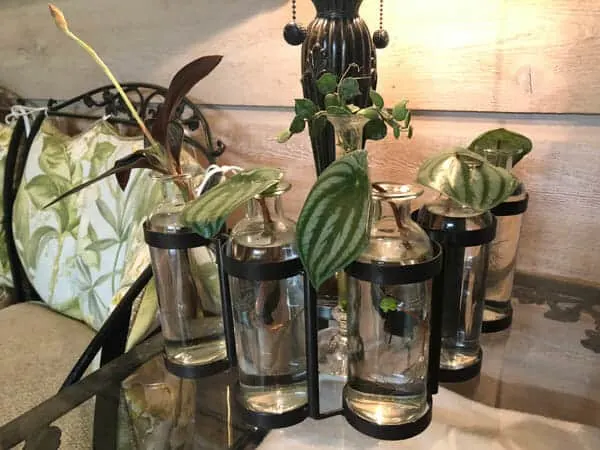
Table of Contents
Houseplants That Can Be Rooted in Water
There are such a large variety of houseplants that can be rooted in water. You can also propagate directly in soil, but I personally prefer water propagation for a few reasons:
Quite simply, the main reason I prefer water propagation is that you can easily see the roots and know that it was successful!
Here is a list of houseplants that can be propagated by water. By no means is this a comprehensive list, but it will give you an idea! Why not give it a try?
Pothos (who doesn’t love propagating pothos?). Both the “standard” pothos (Epipremnum aureum) as well as the newcomer and wildly popular ‘Cebu blue‘ are both a cinch. Here is my care guide for pothos.
If you have had trouble propagating Pothos, check out my blog post on the top 10 reasons why your Pothos cuttings are not rooting.
Many types of Philodendron.
Spider plants can be easily propagated by their pups or plantlets that usually already have roots for you.
The coveted and very popular Chinese Money Plant, or Pilea peperomioides. I have blogged about this plant and have written a Pilea peperomioides care guide.
You can easily separate the pups and place them in water to root before potting them up.
African violets can be propagated simply by cutting a leaf, along with the petiole (the “stem” that is attached to the leaf) and it will root at the base of the petiole and produce roots and pups. Here is my care guide for African violet care guide.
Watermelon peperomia, and other peperomia types, can easily be propagated in water, similar to what I described above for African Violets. Simply cut a leaf off with part of the petiole and place it in water.
SUCCULENTS are easy to propagate in water! Both the individual leaves, or stems. The key for succulent propagation is that you would need to let the cuttings dry in air dry first for a few days.
The reasoning is that the cut needs to callous over so that it prevents the plant from rotting when placed in water.
Sansevieria (snake plant or mother-in-law tongue) leaves, or even leaf cuttings, can easily be propagated in water. But you need a good deal of patience since it is very slow!
Christmas cactus and Thanksgiving cactus can be easily water propagated as well.
String of hearts is super easy to propagate in water. String of [insert anything here] is easily propagated in water (including string of pearls, string of bananas, etc.)
Tips for Water Propagation
There really isn’t much to it, but here are a few tips that will help ensure that you are successful with water propagation:
Be sure that you change your water frequently! You’ll want to keep an eye on the water quality. I like to change my water at LEAST once or twice a week. Or, if the water appears dirty or cloudy, you may need to change it more frequently!
Make sure that the water doesn’t evaporate and leave your cuttings completely out of the water. Depending on what type of plant you are propagating, you may quickly kill your cutting that way. Place your cuttings in an area where you are likely to keep an eye on it!
The next tip is critical! Some people have told me that they’re not able to propagate pothos. Which is probably the easiest plant to propagate!
For Pothos, Philodendron, and many other plants, you need to be careful where you cut your cutting because you’ll want to include a node. In the simplest terms, a node is the area on a plant where the leaf meets the stem or vine.
These are the areas where the cutting will grow roots. In many cases, you can see the beginnings of aerial roots already growing. As an example, see the following photo of a pothos vine.
You’ll want to cut the vine right where the black line is. You can already see an aerial root growing at the node (where the leaf meets the vine).
Also, cut that bottom leaf off so that it will make it easy to insert the vine into whatever vessel you choose to water propagate.
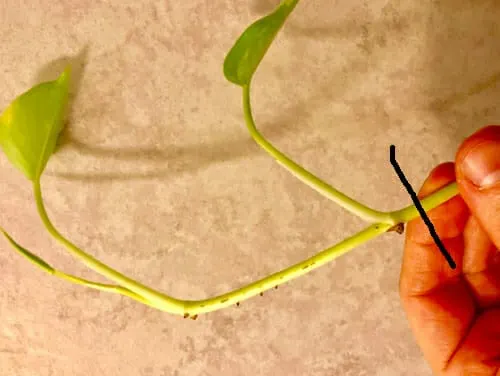
Any plant that has gotten very woody would NOT be a good candidate to cut off and place in water. In these cases, you are better off using air layering. This method works wonderfully for plants like Ficus that get very woody stems.
You will want to remove any leaves that will be below the surface of the water. This will help your water stay cleaner for longer and help prevent rotting.
If your cutting has flowers or seed pods, you’ll want to remove those so your cutting can place all of its energy into making roots. You can enjoy more flowers later after your plant is rooted and potted up!
When you make your cuttings to root in water, make sure they’re not obscenely large. Cuttings that are shorter will often root much more easily. So stick with cuttings that are just a few inches long or so if you can help it.
Place your cuttings in indirect light. Depending on the plant, a little direct sun would be fine, especially the gentler morning sun, but avoid many hours of harsh direct sun while the cuttings are rooting.
Don’t be discouraged if some cuttings don’t take. Not every single cutting that you try to root will be viable so don’t take it personally!
Lastly, once your cutting has some roots that are 2-3 inches long or so, think about potting it up! Don’t prolong potting the cuttings up into soil for too long. The roots will transition to soil more easily this way.
Extra Tip to Enhance Rooting
You don’t have to do the following step, but it will certainly speed up the rooting process. Try it out for yourself!
Seaweed extract is an amazing product! It naturally contains hormones that will increase your success rate with rooting. Add some to your propagation water to make a solution that will make your cuttings explode into growth!
Not only can you use it for water propagation, but you can continue to use it as an amazing natural supplement for plant growth, for houseplants or otherwise.
Water Propagation Stations
Are you looking for some amazing and beautiful water propagation stations? Check out the following propagation stations that are available from Wanderlush Interior! I have the first one myself and am loving it!
And they ship worldwide!
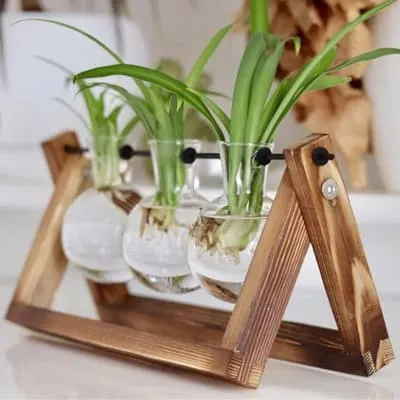
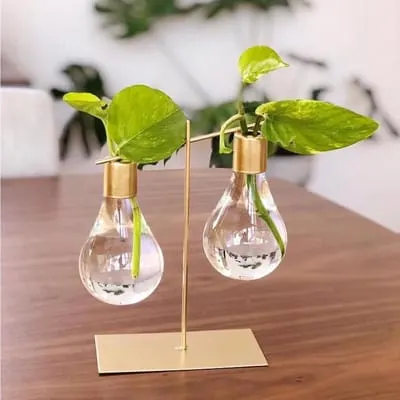
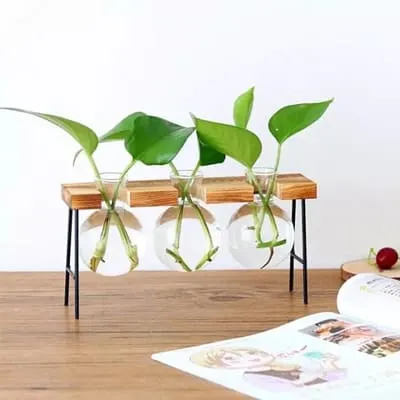
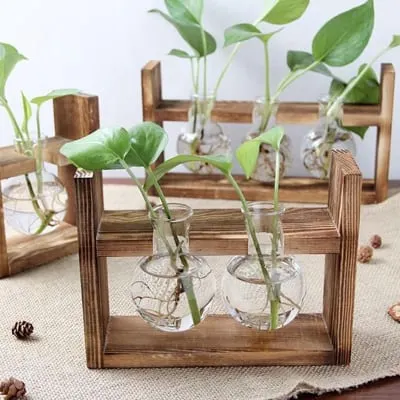
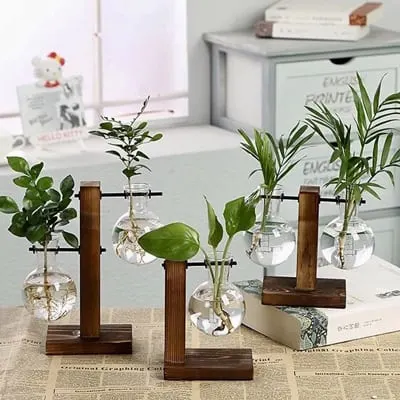

That wraps up this post! Want to share your successes (or failures!) with me? Comment below and I will get back to you!

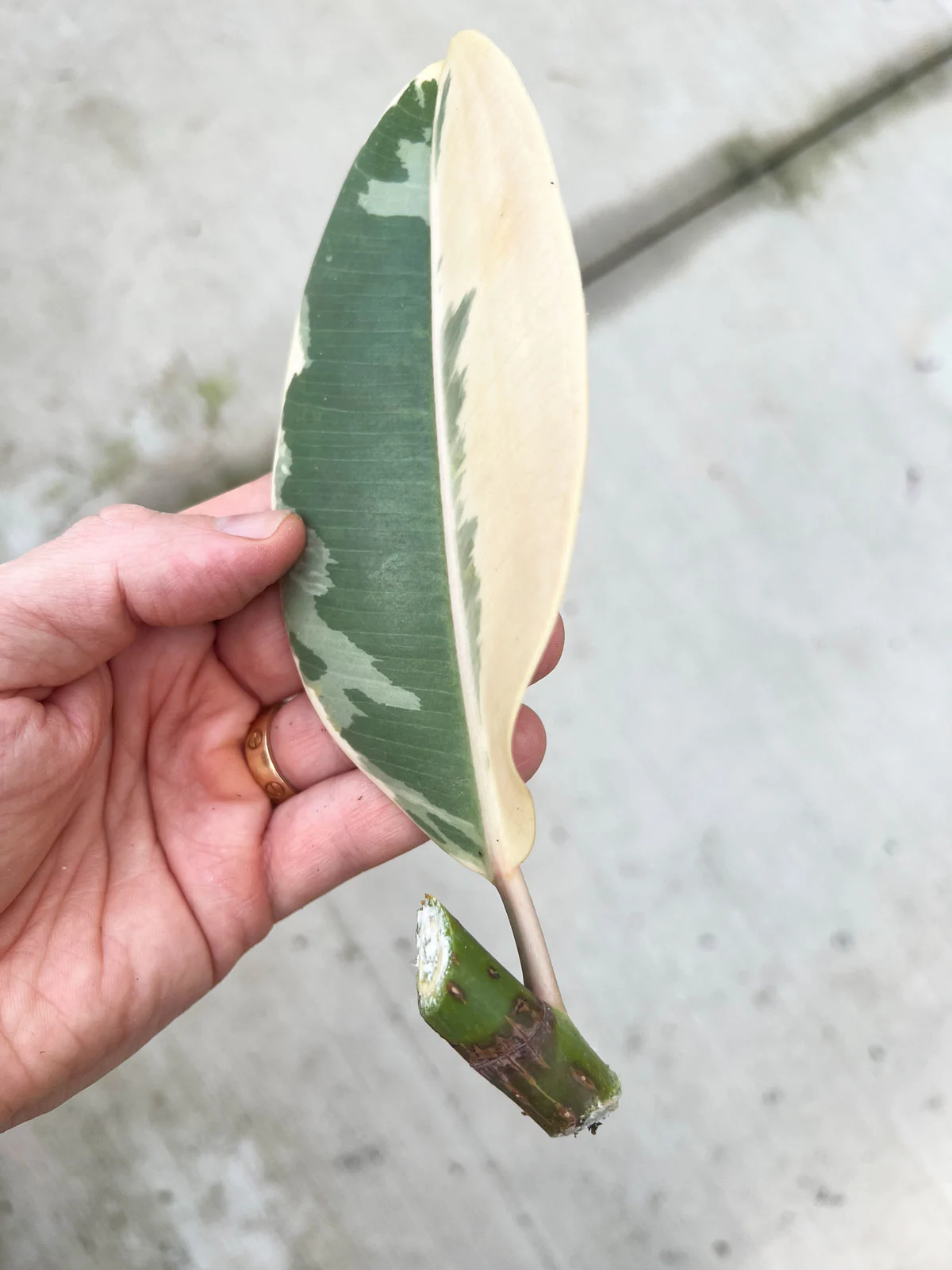
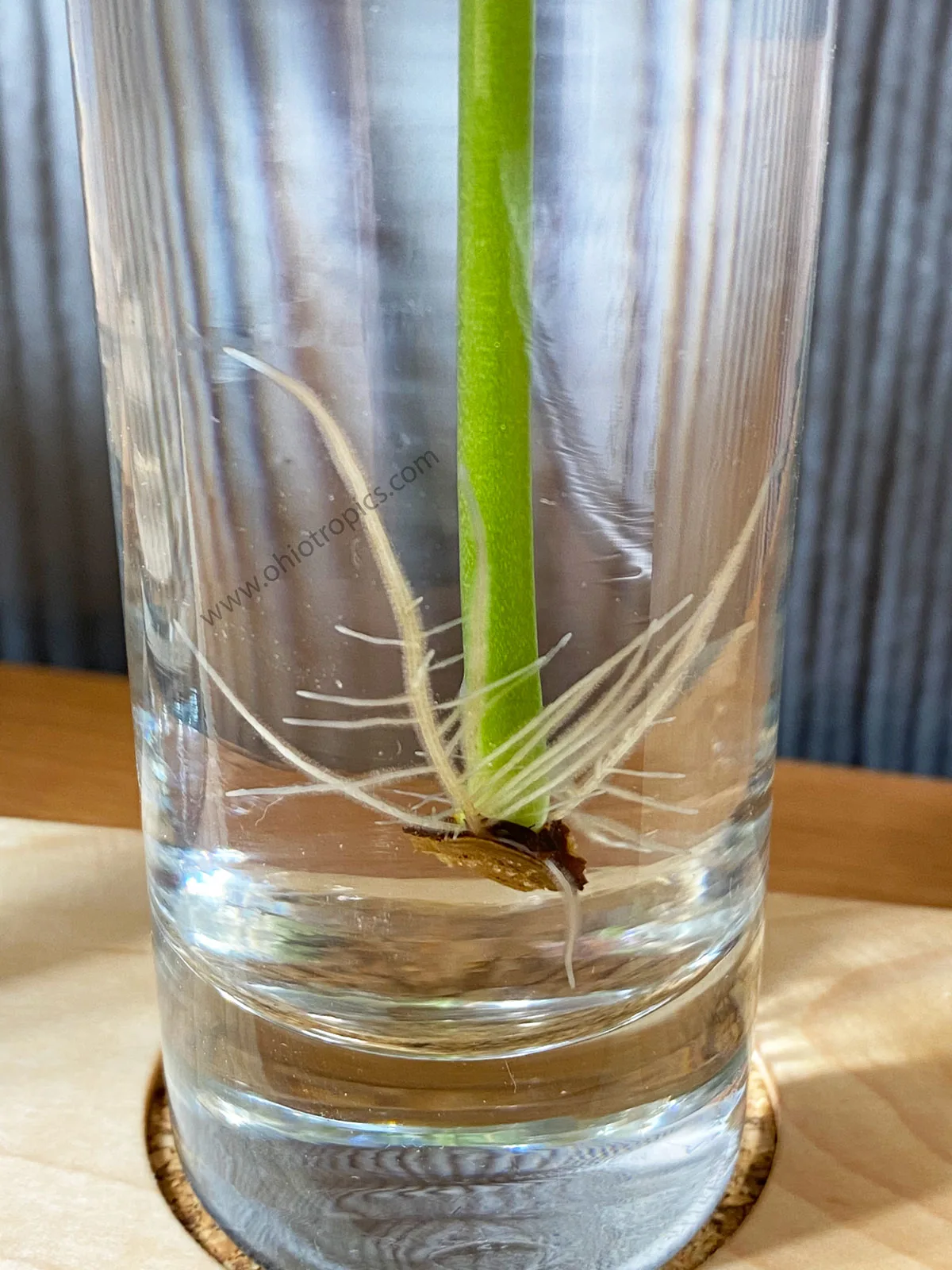
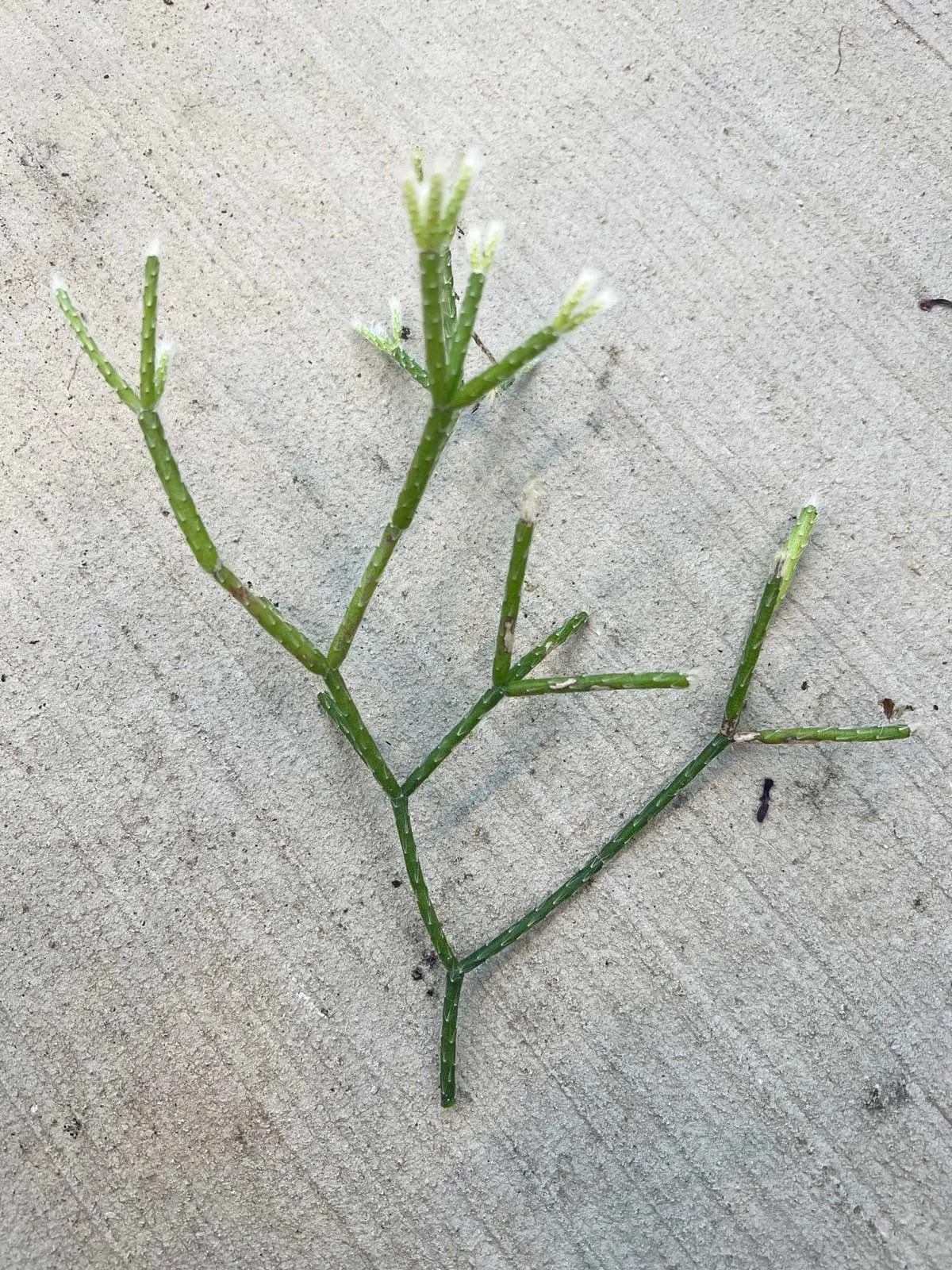
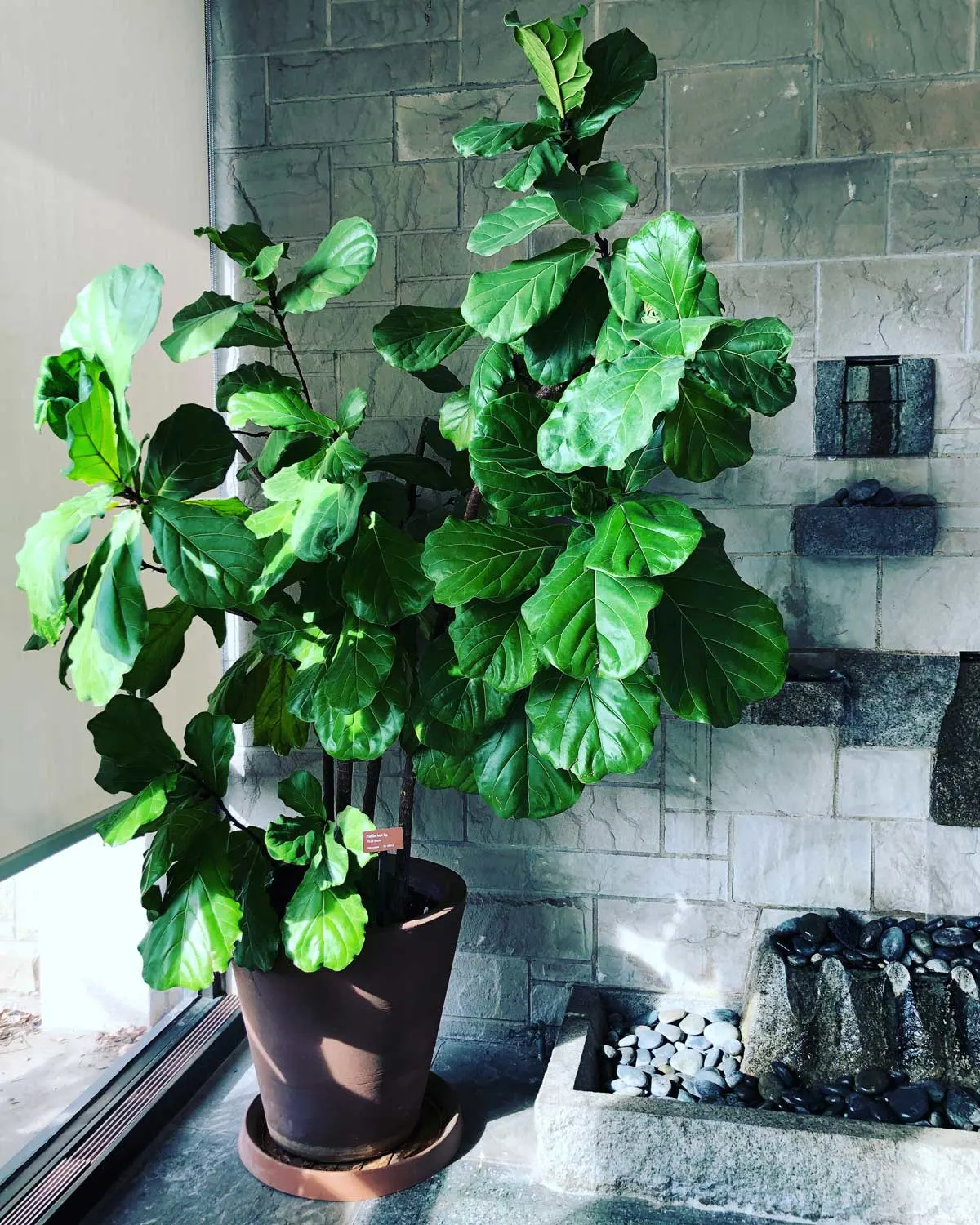
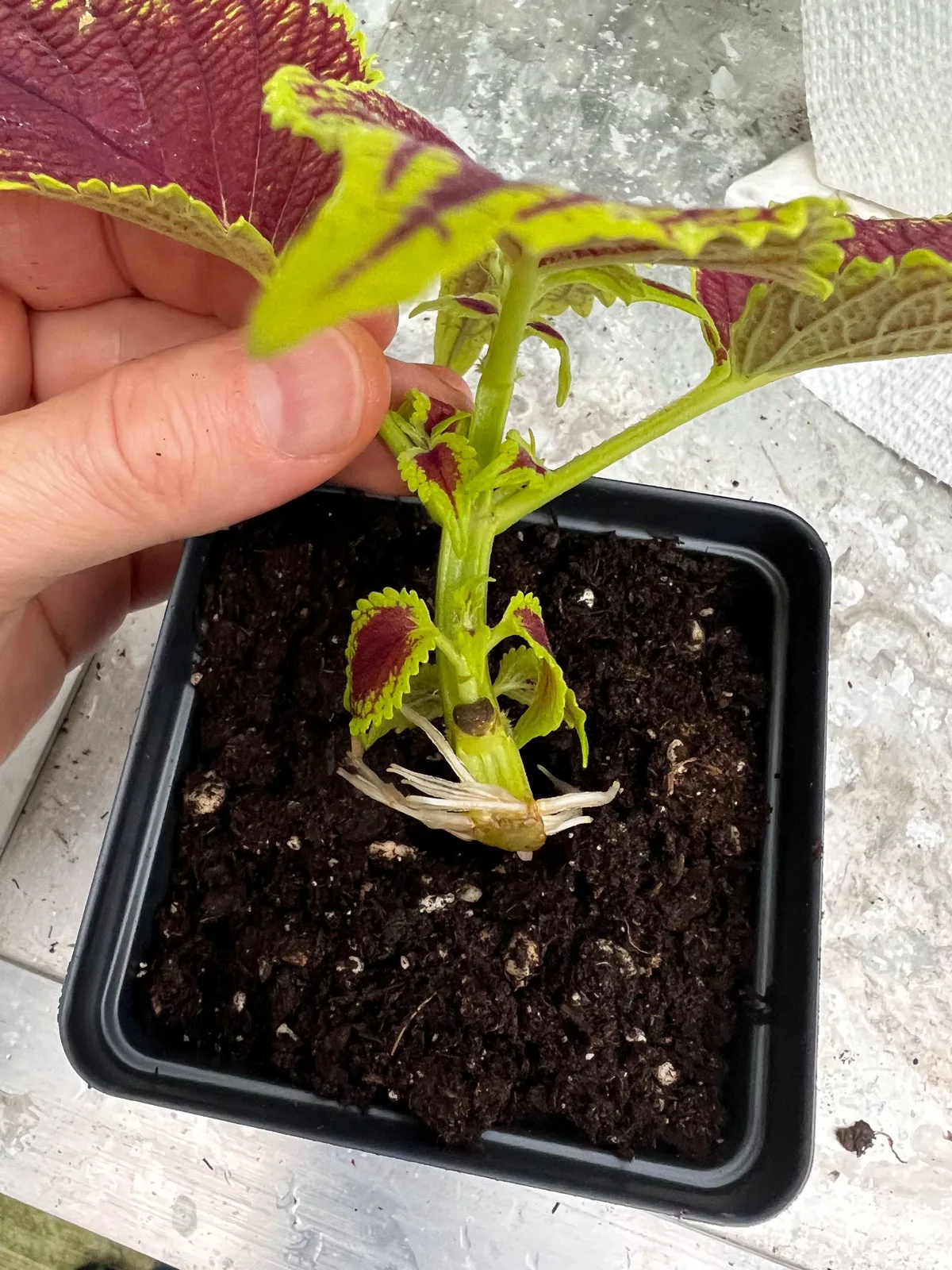
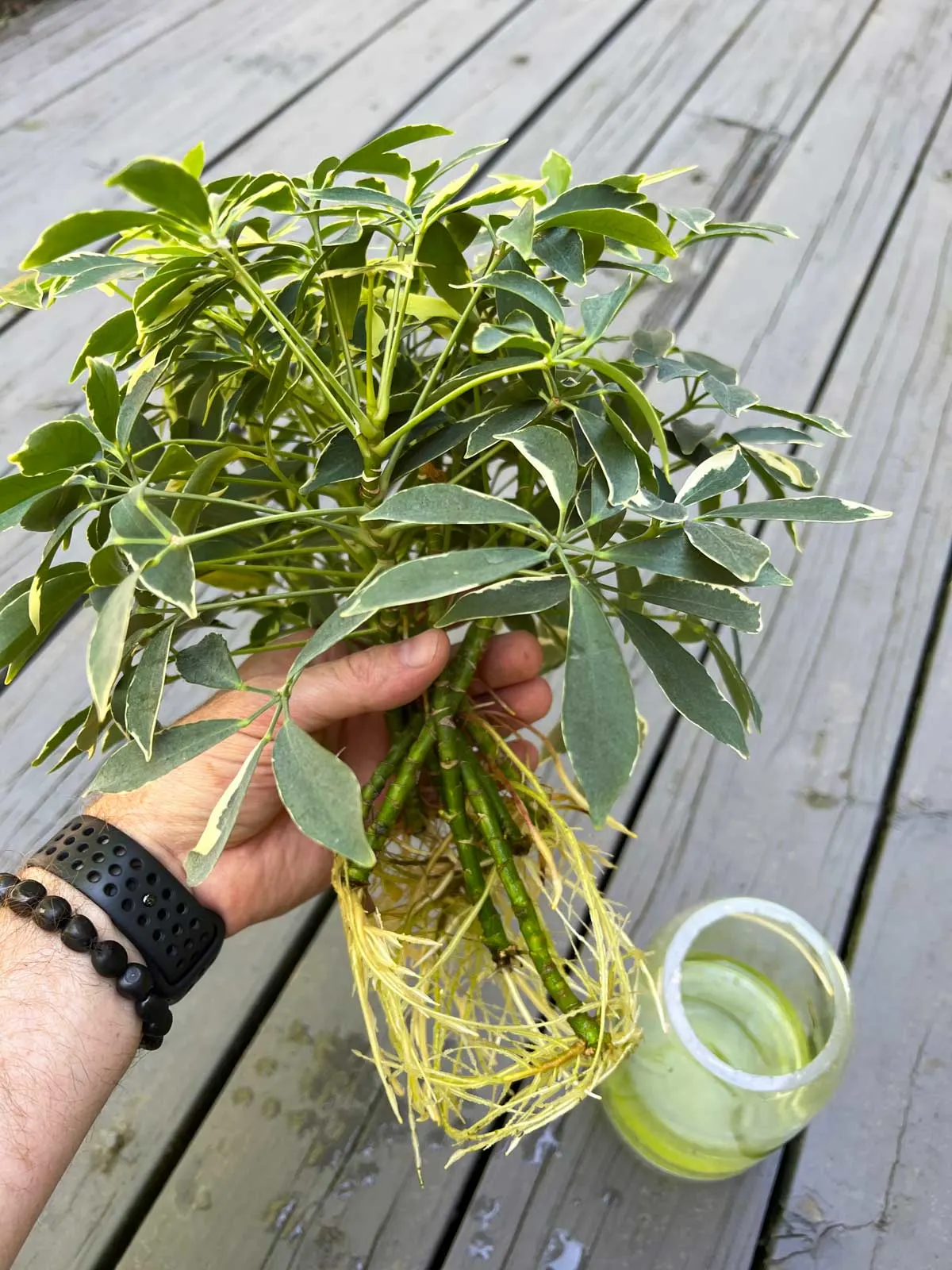
Tess
Wednesday 20th of May 2020
Hi! I'm trying to root a Peperomia Raindrop in water but it seems to be rotting very easily. What could be the problem? Thanks!
Raffaele
Tuesday 26th of May 2020
Can you describe exactly what you did and where you placed it?
Bijanka
Thursday 22nd of August 2019
My Calathea petiole is turning black in the water. Will it still root or will the whole leaf eventually die?
[email protected]
Thursday 22nd of August 2019
It sounds like it is rotting, yes. Do you have just the petiole in water? Or do you have a piece of the actual stem attached? I'm not sure if these plants can propagate just from a petiole. Some plants can, but I don't believe these can. You would probably need a node in the water in order for rooting to occur for Calatheas. The node is where the petiole meets the actual stem and the roots would grow at this location. Let me know if this makes sense. You can also send me a photo ([email protected]).
Sara Sandusky
Wednesday 3rd of July 2019
I did all of this for a philodendron, got nice roots, planted it in soil and nothing is happening. It’s not growing at all and doesn’t even seem to have areas to grow off from? It’s been several weeks with no movement. Should I just wait?
[email protected]
Thursday 4th of July 2019
Hi Sara! Yes, it will take some time so just have some patience. Be sure that you're giving your plant the appropriate light though, or the growth will surely be very slow.